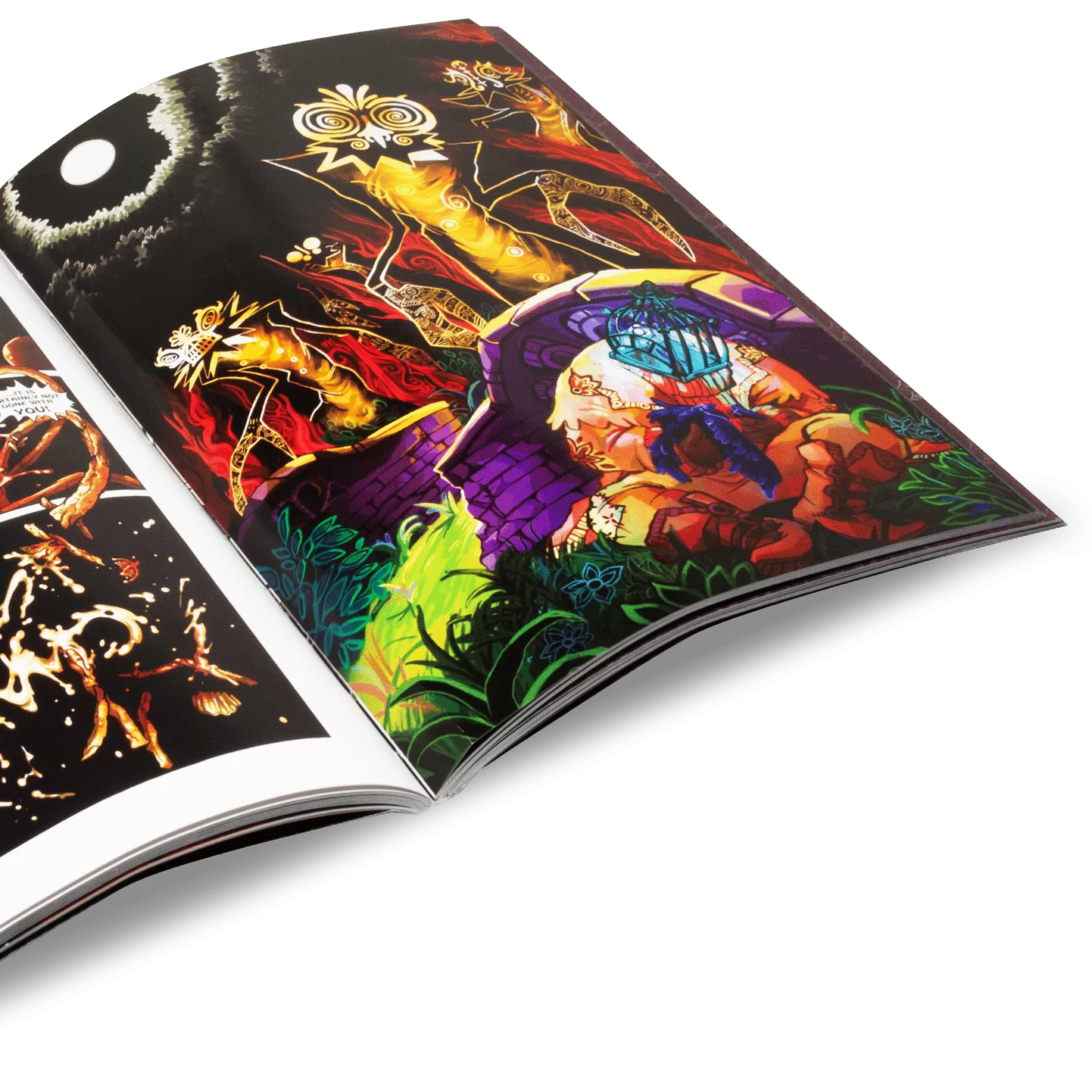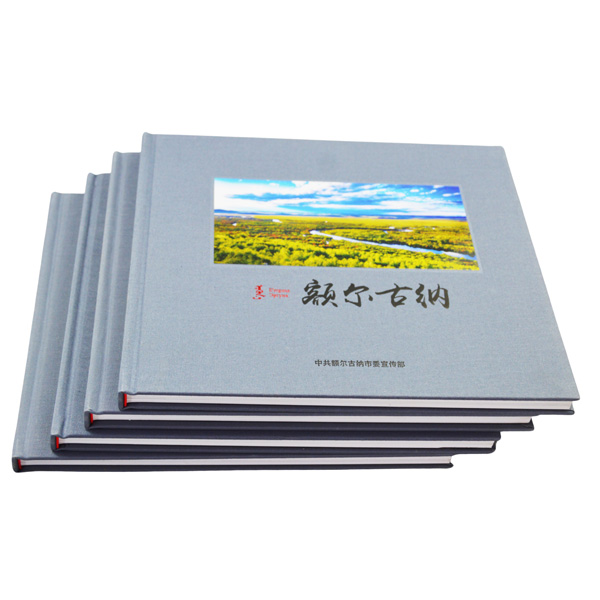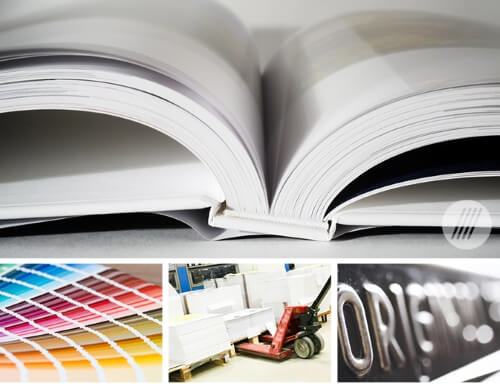Unique Features That Add Value to Your art book
Unique Features That Add Value to Your art book
Blog Article
Recognizing the Process Behind High-Quality Art Book Printing for Art Fanatics
When it pertains to top quality art book printing, recognizing the ins and outs of the process can raise your appreciation for the last product. You may not realize exactly how important paper option and ink choices are to the vibrancy of art work. Each element plays a substantial role in attaining the desired impact. As you explore the different parts of art book printing, you'll uncover understandings that could transform your viewpoint on art preservation and discussion.
The Relevance of Paper Selection in Art Book Printing
When it pertains to art book printing, the selection of paper can make or damage the final product. You want your art work to beam, and the right paper improves color vibrancy and information. Take into consideration factors like weight, structure, and surface; these components substantially impact how visitors view your job.
As an example, a larger supply conveys quality and sturdiness, while a distinctive surface can include deepness to pictures. Smooth paper is exceptional for thorough recreations, permitting great lines and refined tones to show up crisp.
Do not ignore the paper's illumination; a brighter sheet can aid shades pop, making your art extra appealing. You'll likewise want to think of how the paper communicates with inks and whether it can deal with the printing process without deforming or bleed-through. Ultimately, selecting the right paper sets the stage for your art, guaranteeing it records the target market's interest just as you envisioned.
Picking the Right Inks for Lively Recreations
Selecting the best inks is equally as essential as choosing high quality paper to achieve vibrant recreations in your art book. When you're printing artwork, you desire shades that pop and accurately stand for the original piece. Choose inks with a high pigment concentration; these tend to generate richer and a lot more saturated colors.
You could think about using historical inks, which resist fading gradually, guaranteeing your art book remains as striking as the day it was published. If you're functioning with pictures or electronically created art, pigment-based inks can offer a bigger color range, improving information and depth.
Do not forget the finish! Matte and shiny inks can considerably alter the appearance of your art work, so think regarding the appearance you're aiming to accomplish - art book. Ultimately, the best ink selection complements your paper choice, developing a spectacular aesthetic experience for your readers
The Role of Shade Monitoring in Print Quality
Color monitoring plays an important function in attaining high print quality for your art book. It ensures that the shades you see on your display translate accurately to the printed web page. Without reliable shade management, your dynamic artworks might show up plain or distorted, undermining your innovative vision.
To begin, adjust your monitor routinely. This action aids keep consistent color representation. Next, utilize color profiles tailored for your printer and paper kind. These profiles guide the printer in replicating shades properly, lowering disparities in between electronic and published versions.
When you prepare your documents, consider using a shade room like Adobe RGB or CMYK, relying on your printer's requirements. Constantly proof your work, too; an examination print can disclose any kind of possible shade problems before the last run. By focusing on shade administration, you protect the integrity of your art, assuring your target market experiences it as you meant.

Recognizing Different Binding Strategies
Accomplishing the perfect appearance for your art book exceeds shade administration; binding strategies likewise play a significant function in its overall discussion and resilience. You have numerous choices to review, each with its Clicking Here own unique attributes.
If you're going for an expert feel, situation binding offers a strong option with a tough cover, perfect for showcasing your artwork. On the various other hand, ideal binding gives a flexible spinal column while maintaining prices down, making it a prominent choice for softcover publications.
Spiral binding allows your art book to lay flat, which is fantastic for presenting images without obstruction. Meanwhile, saddle stitching is suitable for smaller booklets, offering a clean finish without the mass.
Ultimately, the binding method you pick should reflect your creative vision and just how you desire readers to involve with your job. Make sure to evaluate these alternatives thoroughly to accomplish the very best result for your job.
The Effect of Print Size and Layout on Presentation
While the option of print size and design may seem secondary to web content, they greatly influence exactly how your artwork is viewed. The dimensions of your prints can either boost or lessen the influence of your items. Bigger prints can attract visitors in, permitting them to value intricate details, while smaller layouts might require more intimate engagement.

Conservation Techniques for Long-lasting Art Books
To assure your art books stand the examination of time, it's important to execute reliable preservation techniques. Begin by storing them in a cool, completely dry atmosphere, far from direct sunshine and humidity. This protects against fading and warping, maintaining your pages undamaged. Usage acid-free storage space boxes or protective sleeves to secure them from dust and physical damages.
When managing your publications, always wash your hands or put on cotton gloves to prevent oils and dust moving onto the web pages. Prevent flexing or wrinkling the backs; rather, use book supports when displaying them.
For added security, think about buying archival-quality materials for any type of repair services or improvements. Regularly check your collection for signs of his explanation wear or damage, Go Here addressing problems immediately. By adhering to these simple methods, you can assure your art books stay lively and obtainable for several years to come, preserving their charm and value for future generations.
Teaming up With Printers for Optimum Outcomes
When you prepare to print your art book, selecting the best printer is necessary to attaining your vision. Clear interaction concerning your assumptions and demands will certainly aid assure that both you and the printer get on the same web page. Allow's discover just how to make this cooperation as smooth and efficient as feasible.
Choosing the Right Printer

Efficient Interaction Strategies
Effective communication is essential for turning your art book vision right into truth, specifically when collaborating with printers. art book. Begin by plainly detailing your project's goals, including style components, recommended materials, and any particular printing strategies. Don't be reluctant to share your motivations and referrals; this aids the printer recognize your visual
Be open to comments, as printers usually have important insights that can enhance your task. This cooperation will certainly ensure that your art book meets your assumptions and radiates in its final form.
Regularly Asked Concerns
What Are Typical Mistakes to Avoid in Art Book Printing?
When publishing your art book, prevent common mistakes like inadequate resolution pictures, incorrect shade profiles, and neglecting web page design. Don't neglect to proofread and double-check information to verify your end product meets your assumptions.
Exactly How Does Digital Printing Differ From Traditional Printing Approaches?
Digital printing utilizes electronic data to create prints straight, permitting quicker turn-around and personalization. In contrast, typical techniques entail physical plates, which can be lengthy and much less versatile for tiny runs or distinct layouts.
What Is the Common Turn-around Time for Art Book Printing?
The typical turn-around time for art book printing varies, however you can expect it to take anywhere from a few weeks to numerous months. Elements like intricacy, quantity, and printing technique all affect this timeline.
Can I Print a Restricted Version Art Book Economically?
You can publish a restricted version art book economically by choosing cost-efficient materials, enhancing print runs, and making use of digital printing choices. Mindful planning and budgeting will assist you attain quality without spending beyond your means.
What Are the Environmental Considerations in Art Book Printing?
When taking into consideration art book printing, you should consider eco-friendly materials, sustainable inks, and energy-efficient procedures (art book). Picking local printers can also decrease your carbon impact, making your job both stunning and environmentally liable
Report this page